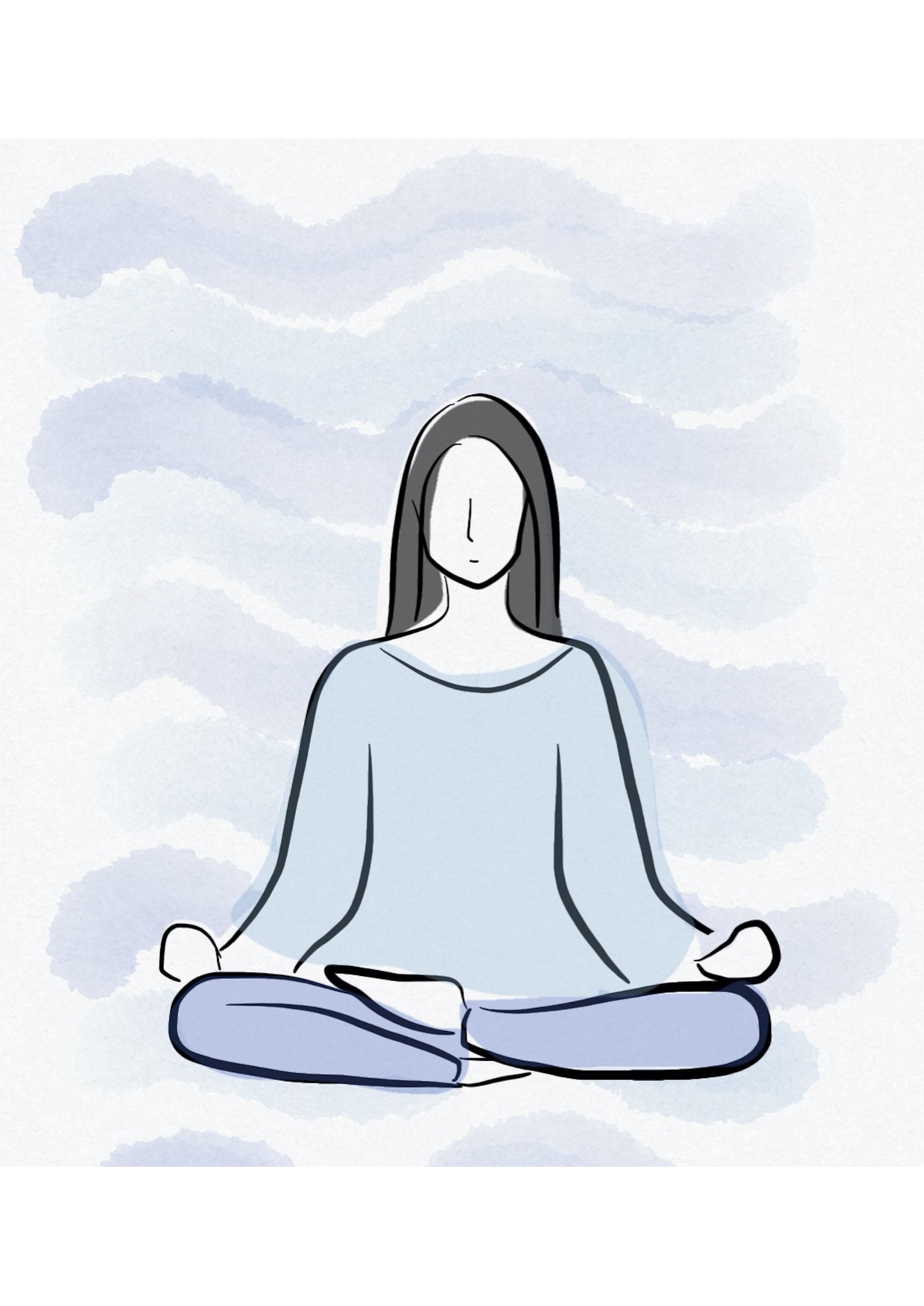In his book ‘Homecoming: Reclaiming and Championing Your Inner child‘, John Bradshaw relays a story of how, as a grown adult on holiday with his wife and children, something didn’t go his way, and before he knew it, he had stormed out of the accommodation, and was pacing up and down in a new hotel room, angry, but unsure why, and wondering why on earth he had reacted in such a way.
When we are overwhelmed by emotion, we react. At some point in our lives, this reaction helped us to survive, but at the same time, created persistent patterns that reenact themselves over the course of our lives, even when not needed.
These patterns of reenactment have the same emotional content in them as the ones we had when we were children; but the circumstances and the people around us have changed.
The patterns we form are usually in relation to our parents and/or siblings, as we spend most of our time with them during childhood, when our character is forming. So we will either adopt fight, flight, freeze or fawn, in an attempt to protect ourselves and to survive.
In the book, ‘Trauma Through A Child’s Eyes‘, Levine and Kline write that ‘Reenactment can be defined as an unsuccessful attempt to resolve the intense survival energy mobilised for defence against a perceived life-threatening experience’.
As a child, we need our parents in order to survive. We need food, safety, and love. If these basic needs are not freely given, we adopt an appropriate trauma response to ensure we receive them. So for example, if a parent was neglectful or abusive, and your needs weren’t met, you will have adopted an appropriate response at the time. Maybe ‘fight’ to fight back, or throw tantrums, in a bid for attention. Or ‘fawn’ – suppressing your own needs to appease your mother or father.
As adults, these responses are no longer needed, but unless we make a conscious effort to heal, they are now our default behaviour.
It is extremely common for a daughter of an alcoholic to choose alcoholic or emotionally unavailable or abusive partners as an adult, in an unconscious attempt to ‘resolve’ the past.
Dr Levine also states ‘The drive to heal trauma is as powerful and tenacious as its symptoms. The urge to resolve, through reenactment can be severe and compulsive’.
We are all capable of resorting to all of the trauma responses, but we usually revert to one or two, in times of stress. Are you aware of yours?
Do you snap into ‘fight’ and find yourself throwing a childlike tantrum, unable to calm down? Do you ‘freeze’ and maybe make yourself as small as possible, literally not knowing what to do? Or perhaps you ‘fawn’ in an attempt to please everyone around you, and ‘keep the peace’? Often at the expense of your own needs.
The first step to healing, is becoming aware of your own behaviour. If you are struggling in life, professional help in the form of therapy, EFT and EMDR can help.
Remember, there is no such thing as ‘overreacting’. When someone looks like they’re over-reacting, they’re not. They are reacting to an unconscious core wound’.


4 Replies to “Reenactment and Trauma”